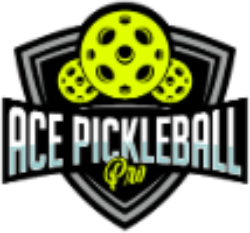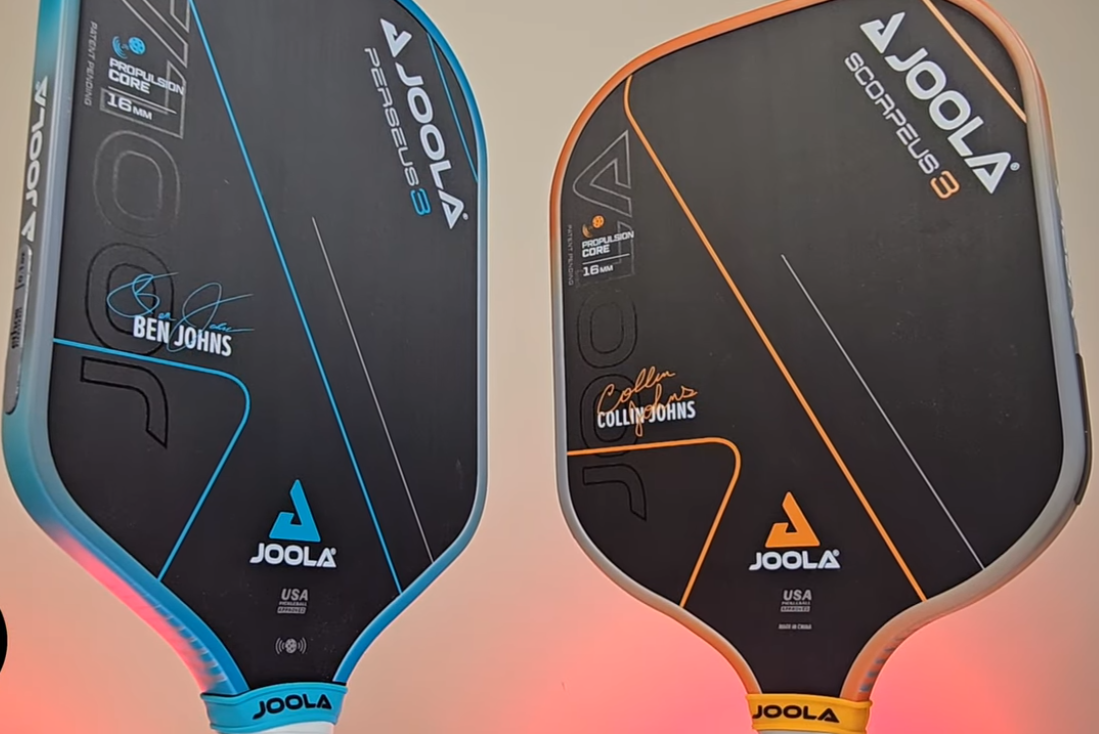Future-Proof Your Game Today
When the Paddle Betrayed Me…
I still remember the tournament like it was yesterday.
Midway through a brutal third set, sweat dripping, elbow aching, every shot felt heavier… slower… weaker. Across the net, my opponent sliced angles like a surgeon, wielding a paddle that looked like it had fallen off a spaceship.
Meanwhile, mine?
It might as well have been a plank ripped from a sunken ship.
That’s when it hit me:
Winning isn’t just about practice. It’s about the weapon in your hand.
And it made me wonder: what is a good pickleball paddle — really?
Not just for today’s game… but for where pickleball is going tomorrow.
Pickleball isn’t just growing — it’s evolving under our feet. And the future belongs to those who are smart enough to pick a paddle today… that’s ready for tomorrow’s war.
(If you’re just starting out, you may also want to check out our basic pickleball strategies for beginners.)
The Equipment Revolution is Already Here
Just like tennis exploded with graphite rackets in the 1980s, and golf clubs evolved through carbon tech, pickleball is entering its own quiet revolution.
If you’re still thinking polymer vs. Nomex vs. aluminum… you’re only seeing half the battlefield.
👉 According to the USAPA Equipment Specifications 2024, upcoming innovations will force a total rethink of paddle standards within a few years.
This isn’t speculation — it’s already happening.
(First time here? See why players trust Ace Pickleball Pro to guide them to the right gear.)
The Next Paddle Core Innovations (Spoiler: They Might Heal Your Elbow)
| Future Core Innovation | Projected Advantage | Inspired By |
|---|---|---|
| Smart Gel Microcores | Adapts stiffness dynamically based on shot impact | Biomedical implants |
| Graphene Layered Cores | Lighter + stronger than carbon fiber | Material sciences (Nature Materials, 2022) |
| Air-Channel Shock Dissipation | 60% less vibration damage | Aerospace engineering |
Court Whisper Tip:
Choose paddles today that lean lightweight but firm — it’ll help your transition when adaptive cores start appearing at tournaments.
(Want to master more spin? Learn how here.)
Face Materials: The Rise of “Living Surfaces”
Face tech isn’t just about fiberglass anymore.
It’s about paddle faces that think, flex, and fight back.
Upcoming breakthroughs (“Bio-Adaptive Surface Materials,” Journal of Robotics Research, 2023) include:
- Micro-Textured Active Skins: Real-time spin control adjustments.
- Energy-Return Coatings: Shot force recycled for free.
- Self-Healing Surfaces: Mid-match scratch repair.
Imagine:
Dinking and spinning with a face that adjusts itself during a rally.
Dynamic Weight: The End of Static Paddles
The old “light vs. heavy” paddle debate?
It’s already feeling like arguing over floppy disks vs. USB drives.
By 2027, EngagePickleball Labs predicts “fluidic mass control” — dynamic weight paddles like the IntelliMass™ Adaptive System — will enter tournaments (Emerging Technology Report, 2025).
Imagine:
- Quick dinks? Your paddle lightens.
- Baseline slams? It automatically adds punch.
No buttons. No thinking. Just pure flow.
(Wondering how current paddle weights affect you? Find out here.)
Neuro-Adaptive Grips: When Your Paddle Talks Back
Future grips will literally sense your fatigue.
- Pressure-sensing layers will auto-adjust thickness.
- Vibrational feedback nudges you toward optimal form.
- Sweat-detection textures grip better the more you sweat.
Scenario modeling already shows paddles cooling themselves to maintain perfect friction — crazy? Maybe.
Inevitable? Definitely.
(Until then, boost your control by learning where to add lead tape.)
Noise Control: Pickleball’s Silent Revolution
Tired of neighbors whining about pickleball noise?
Good news: the next generation of paddles may have:
- Active Noise Cancellation Meshes
- Selectable Impact Sound Modes (“Stealth” for dinks / “Power Pop” for slams)
Expect noise complaints to drop before your dink drops.
(Curious how loud pickleball really is? Here’s the truth.)
AI Coaching Paddles: Welcome to the Smart Court
By 2027, smart paddles will plug into AI apps that track:
- Swing angles
- Ball contact points
- Grip pressure
Real-time paddle adaptations will erase weaknesses automatically.
Blockchain-registered paddles will prevent counterfeits in pro matches.
It’s not just futuristic — it’s already being prototyped.
(Want to future-proof your drills? Train smarter with these pickleball drills.)
So How Do You Pick a Paddle That Doesn’t Age Out?
Until IntelliMass™ is everywhere, here’s how you future-proof your pick:
- ✅ Choose Polymer Cores: Best blend for modern & future play.
- ✅ Prioritize Surface Texture: Control + unpredictability will define winners.
- ✅ Stay Midweight: Balance > Specialization.
- ✅ Invest in Modifiable Grips: Future-friendly customization.
(Need a beginner’s walkthrough? Here’s how to choose the best paddle.)
Final Tips: Avoid These Common Mistakes
Before you pull the trigger on a new paddle, double-check yourself. Even savvy players fall into these traps:
- ❌ Buying based on brand hype alone
(Just because it’s hyped on Instagram doesn’t mean it fits your game.) - ❌ Choosing the wrong grip size
(A wrong grip equals blisters, bad control, and injuries waiting to happen.) - ❌ Prioritizing only power or only control
(You need a blend — future pickleball is about adaptability.) - ❌ Ignoring future needs
(Think injury prevention, doubles play, and adapting to smarter, faster opponents.)
✅ Remember: today’s smart choices create tomorrow’s highlight reels.
FAQs About Choosing a Good Pickleball Paddle
What is the most important factor when picking a pickleball paddle?
The most crucial thing? Control and feel.
Power can be trained. Touch and control? That’s baked into the paddle’s core and face. Look for polymer cores and textured surfaces to future-proof your game.
Should I choose a lightweight or heavy paddle?
In the coming era of adaptive-weight paddles, versatility wins.
For now? Stick with a midweight paddle — around 7.8 to 8.3 oz — to stay quick at the net but still pack a punch from the baseline.
Are expensive pickleball paddles worth it?
Not always — but they usually are when tech innovation is involved.
Newer paddles using materials like graphene and smart polymer cores actually improve gameplay, durability, and player longevity.
(Explore whether expensive paddles are worth it.)
How long will my paddle last before it feels outdated?
Within 2–4 years, today’s “top-tier” paddle might feel like a relic.
Tech is moving fast — but buying smart today (core, face tech, weight balance) can keep you competitive longer.
How can I practice for the next-gen paddle evolution?
Build versatility now:
- Master spin shots (spin guide)
- Improve footwork (footwork drills)
- Train both control and power equally
Future AI-adaptive paddles will amplify your strengths — but they can’t fix bad fundamentals.
P.S. — Your Future Rival is Practicing Right Now.
While you’re reading this, somewhere out there a player is grabbing a paddle that’s going to dominate two years from now — because they chose smart, not safe.
Will you be the player they can’t figure out?
Or the player they blow past?
Your choice… but if I were you, I’d start future-proofing today.
(Need help picking the right battle gear? See our top paddle picks.)

